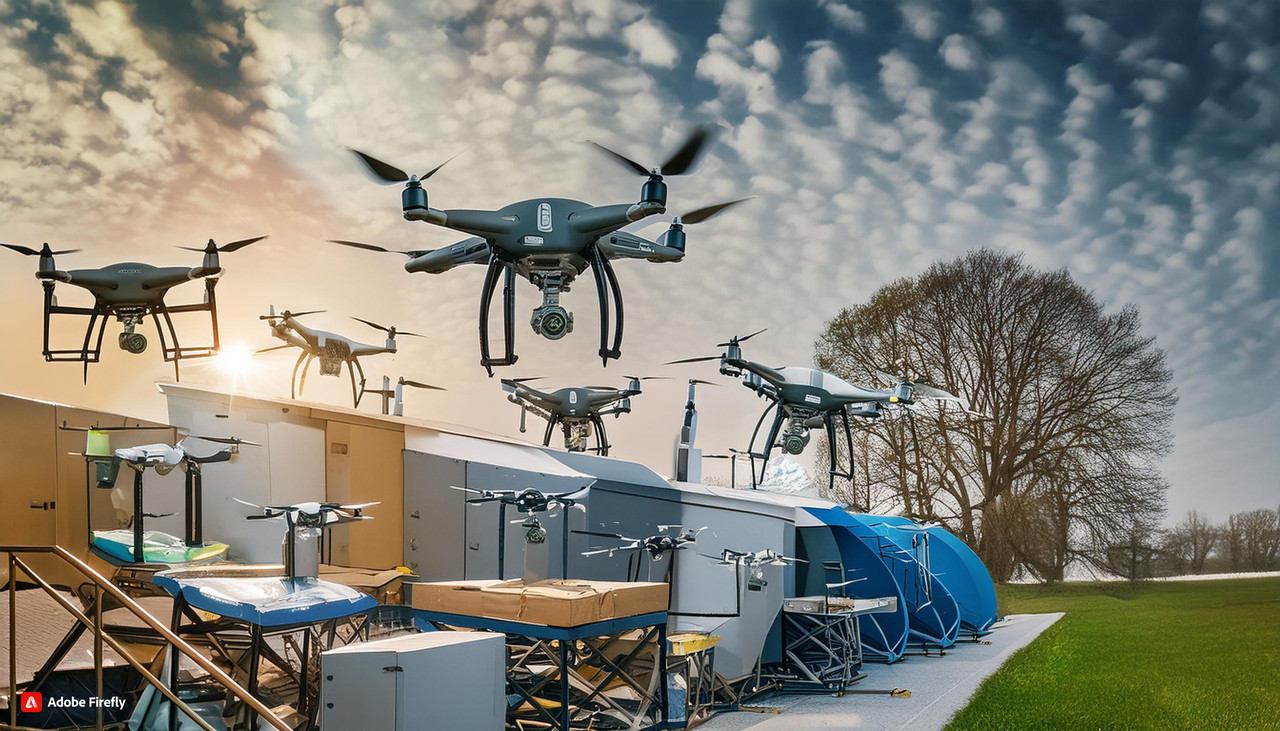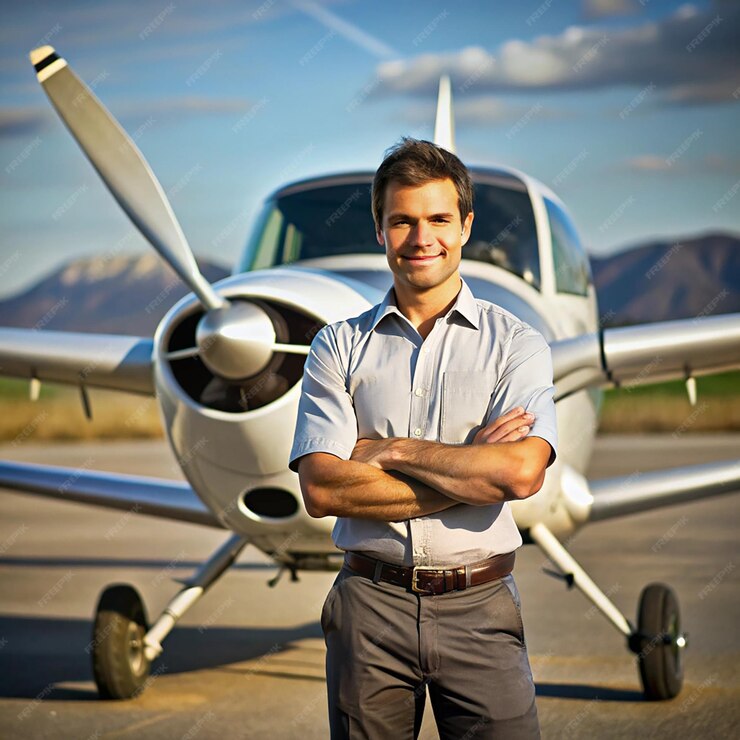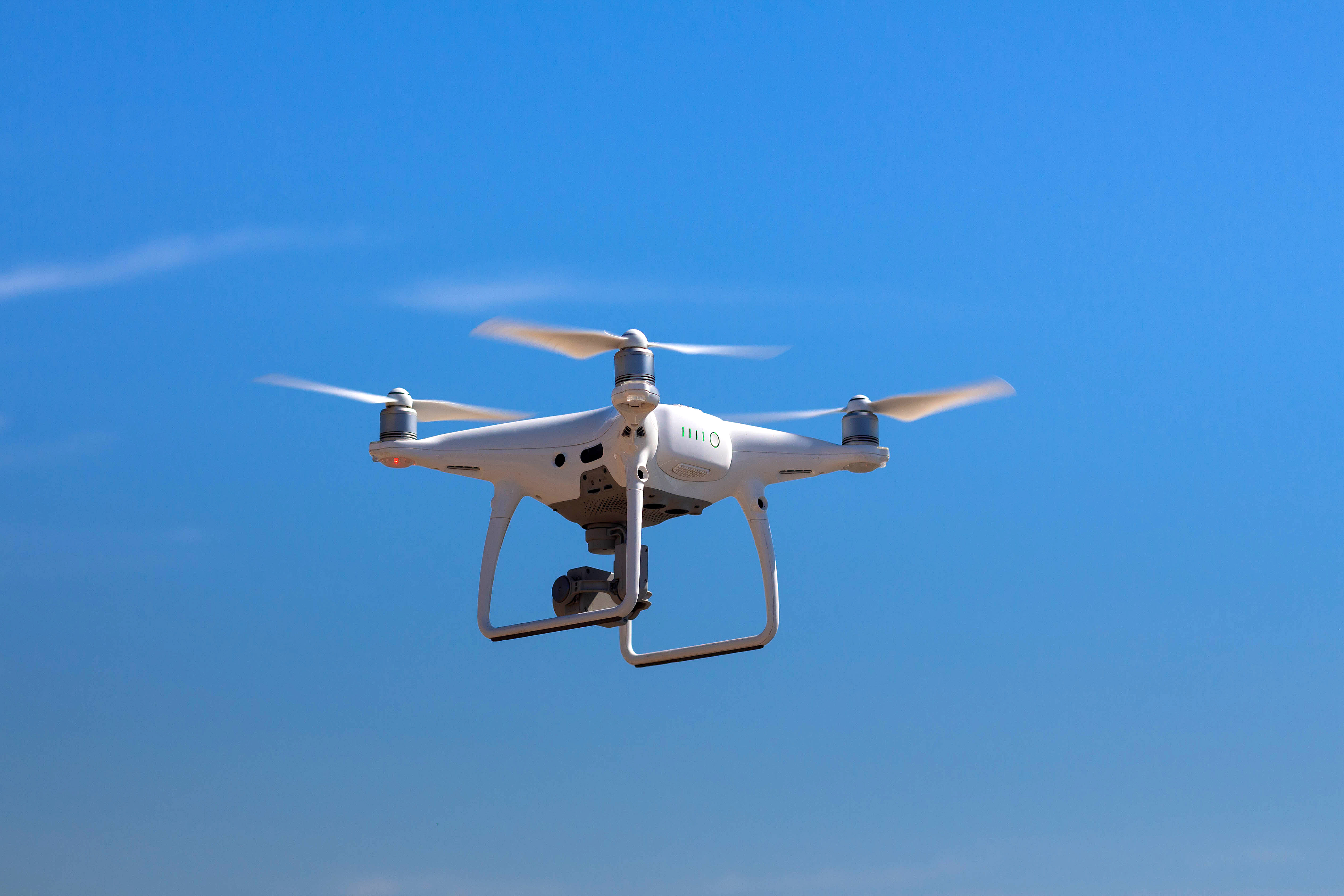
How Drone Technology Is Helping in Smart City Development?

Smart cities promise an exciting future. The urban sprawls of tomorrow will feature a vast array of tech to make life easier, safer, and cleaner. The Internet of Things tends to take much of the spotlight in this area, but drones are also vital. Smart city drones can have sensors and cameras into the air, bringing connectivity to great heights. Here are ways drones can make smart cities smarter than ever.

Planning the Cities Smartly
The role of drones in smart cities starts before local governments install IoT devices. Developing the urban centers of tomorrow begins with finding where connected tech is most helpful. Drones for urban planning can help by offering faster, more precise surveys of the area.
An aerial view can also offer a unique perspective to highlight areas like high-traffic zones or possible spots for rooftop gardens more precisely. These speedy, informed analyses make planning future smart cities easier.

Helping in Urban Construction
After city professionals plan new projects, they can use drones in construction. Building new infra in a busy city can be noisy, time-consuming, and hazardous, but drones can help.
First, these drones can survey sites for threats less quickly to inform safer working policies. Then, teams can use them to monitor workers in real time to guarantee their safety, alerting them of any risks that arise throughout the project. Likewise, drones can watch for nearby pedestrians to warn them or alert equipment operators to avert dangerous run-ins.

Emergency Medical Responses
Drones also advance safety outside of construction. Emergency responses can be slow in dense cities. In New York City, ambulances take an average of 9.5 minutes to respond. Considering India's population and traffic congestion scenarios, drones could decrease those response times to save lives.
Drone cameras and sensors throughout the city could detect emergencies and directly dispatch drones. Because drones don’t have to cope with traffic, they can arrive at the scene quickly. Emergency responders could use them to deliver first-aid kits or other critical resources, direct nearby professionals, or talk citizens through steps to minimize their injuries.

Policing and Public Safety
Similarly, police can use autonomous drones to combat crime or respond to emergencies. Machine vision technology could let automated drones recognize breaking, robberies, or assaults and immediately alert nearby officers. The police could then respond faster to protect civilians and catch criminals.
The mere presence of police drones may also boost public safety. Seeing camera-equipped drones fly around could make people feel less confident about getting away with something illegal. That way, they’d prevent crime before it happens, just as stationary security cameras deter thieves.

Last-Mile Deliveries
Drones in smart cities can be handy for handling deliveries. Companies such as Amazon are already pushing for last-mile drone deliveries. These would be easier in smart cities, where sensors and information can guide drones to the correct place safely and quickly.
Using drones for deliveries is not just a matter of convenience. It would reduce the number of vehicles on the road, easing traffic jams. This would also be a big win for people with incapacities who find leaving the house to get groceries or medicine difficult.
Drone logistics and transportation will grow at a CAGR of 14.5 percent from 2018 to 2030, and the industry will develop logistics potential through advanced drone technologies. The advent of logistic drones is altering urban logistics, providing the effective movement of congested cityscapes to deliver goods and medical supplies faster and more competently. The industry's fit with India’s vision to launch itself as a drone production centre is notable.

Traffic Monitoring
Traffic management is a big issue for smart cities. Cities invest heavily in monitoring traffic and alerting individuals of jams and alternate routes. Drones can take these initiatives further.
Camera drones can sense accidents or congestion in real-time and send this information to other smart city sensors to redirect traffic. Drones’ bird' s-eye views would enable detailed traffic management to balance congestion between streets and help individuals reach their destinations faster and safely. Not just traffic monitoring, but drones in environmental monitoring.

Infra Inspections
Drones’ monitoring capabilities also make them perfect for managing city infra. Several large urban areas have old roads, bridges, and other public structures that can be hazardous. However, inspecting them physically is laborious and disruptive.
Using drones lets officials check the conditions of several structures without physically being there. Since drone sensors offer accurate length and area measurements, they can disclose detailed information about potential issues. Local governments can then find and fix glitches faster and more accurately. Furthermore, modern drones can be equipped with tech that allows non-destructive testing, which means evaluating materials without damaging them.

Waste Management
Better waste management is an essential function of smart cities. Big cities produce a lot of waste; if officials do not handle it correctly, it can bring about excessive pollution, unfriendly smells, and inefficient processes. Drones’ exceptional perspectives and monitoring capabilities help them tackle this issue effectively.
Survey drones can observe cities from the air to recognize where there is the most waste. Combining this data with traffic insights can help officials plan more effective collection routes and allocate their resources more competently. Likewise, drones can update these teams on diverse landfill conditions to spread trash evenly between them.

Sustainability
Drones might also play an important role in making smart cities more environmentally friendly. Part of this stems from drones decreasing traffic, which results in fewer vehicle emissions. But their sustainability aids go further than that.
Just as cities use drones to expand cities, they can use them to find perfect areas for parks or highlight ecologically sensitive areas to leave alone. Urban expansion has accounted for 50% of biodiversity loss, so these enhancements are key to minimalizing such damage in the future. Likewise, drones could monitor pollution and associated trends to highlight areas to advance to decrease cities’ ecological impact.

Making Public Policies
Drones gather a lot of data. This info on traffic patterns, waste, crime, emergency responses, and more reveals important public policy trends. Having specific, relevant info makes making big decisions much easier.
City officials can then develop new policies or adjust existing ones to help the area run more competently, safely, or sustainably. Drones can provide data to measure this legislation’s efficiency after the fact.

Informing Public Policy
Despite these advantages, no tech is perfect. Using drones in smart city planning and processes also introduces a few issues that city officials should consider.
The main problems are surveillance and ethics. Cameras continually flying overhead may make individuals feel like they don’t have much privacy. Putting drones on police rolls is mainly controversial in that respect. Seven in 10 U.S. adults are concerned about how the government collects and uses data about them, and drones could worsen this issue.
Likewise, all this data collection presents cybersecurity risks. Cybercriminals could cause huge damage or breach several citizens’ privacy if they gain access to drone data. Smart city tech must comprise widespread cybersecurity measures to avert these attacks.
There are technical glitches to grapple with, too. Airspace regulations make drone flying in the city tricky, and environmental factors like rain and wind can limit drone flights in some conditions. Ensuring drones can work safely and not fall on unwary passers-by may be harder considering these threats, technical glitches, and limited battery lives.

Drones Playing an Important Role in Smart City Development
With the advancement of smart city technology, officials will find solutions to many of these hitches. Data privacy and ethics will also help inform fairer smart city policies, and drones can reach their full potential when that happens.
Now, you have a fair idea of how drones could be vital to the cities of tomorrow. Integrating mobile technologies with AI and IoT could make urban living safer and more convenient.

Uncovering the Potential of Drones
India will emerge as a drone manufacturing hub by 2030. On the basis of this, the Indian drone market will reach about 5,000 crores by 2026. Yet, we are seeing growth and a total change, driven by visionary leaders in the drone industry and government support for drone applications like smart city developments into uncharted territories with the power to disturb and change many industries.
There is sustained industry expansion through 2029, with commercial drone adoption surging at a rate of 44.2 percent between 2024 and 2029, driven by considerable investments in R&D.
There is sustained industry expansion through 2029, with commercial drone adoption surging at a rate of 44.2 percent between 2024 and 2029, driven by considerable investments in R&D.
As administrations devote more investment and attention to drones, the prospects for innovation and progress are unlimited. By constantly pushing the limits of achievable goals, industry leaders can use newer technologies to optimize logistics, increase the competence of service delivery, and inspire economic growth.
Summing Up the Scene
With smart city technology becoming stronger every day, drones' role cannot be neglected. As drones become increasingly popular in smart city development, the demand for certified drone pilots is on the rise, and that’s why more and more people are opting for this career, not only in India but all over the world.
If you are also interested in exploring the world of drones, whether as a drone pilot or instructor, come to Flapone Aviation and put your best foot forward.
Related Blog
Latest updates and insights from Flapone Aviation.

What Types of Drones Are Present in the Market?
October 8, 2024

How to Become a Pilot After 12th in India?
February 7, 2025

What are the Basics of Drone Piloting?
February 7, 2025




Author Bio
A dynamic and seasoned content writer with 6 years of experience curating content for different platforms. With the knowledge of all the cogs of content writing and SEO, he has served in various industries. He believes that content is the kingpin, and if penned well, it has a lasting impact on the minds of the readers. Apart from content creation, he is also an ardent poetry lover and performer. He has two publications of his poetry collection, namely Alfaaz and Chestha